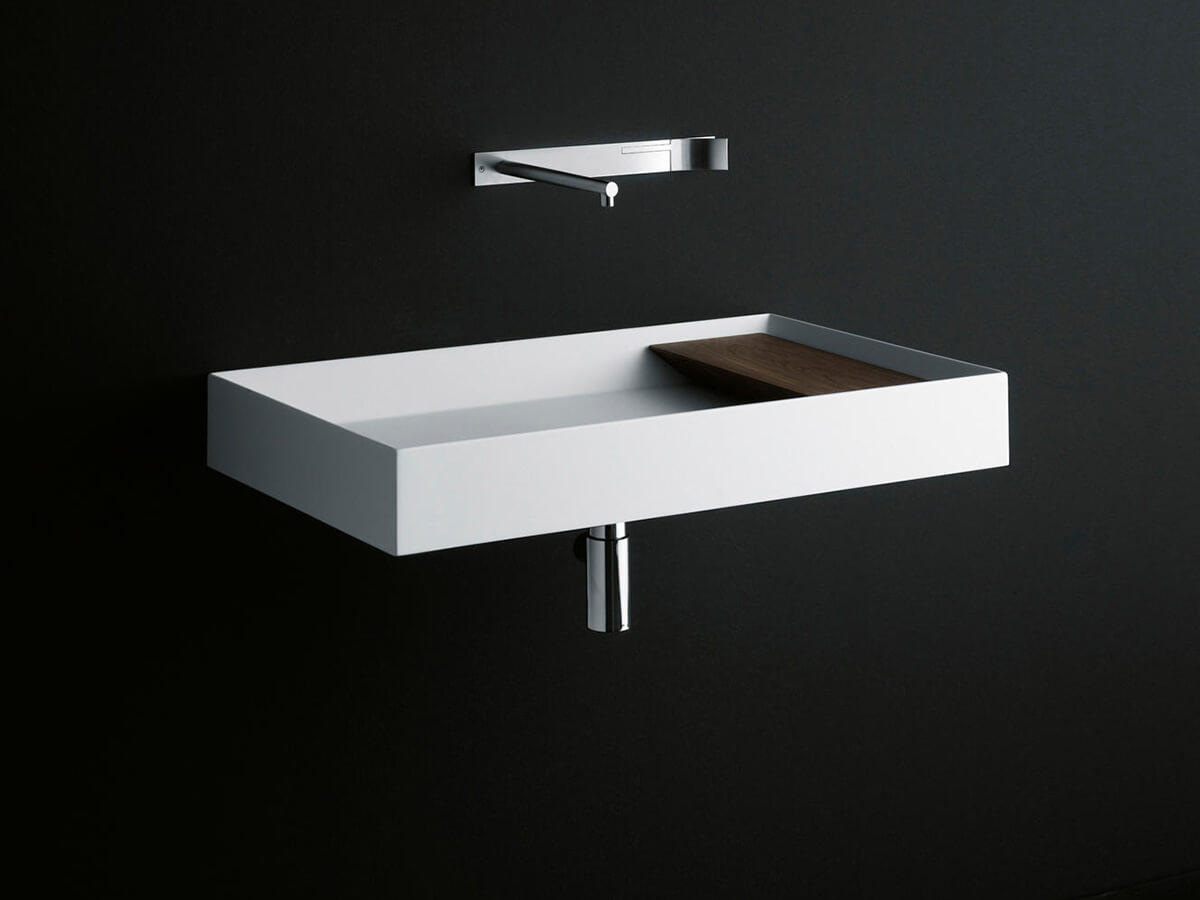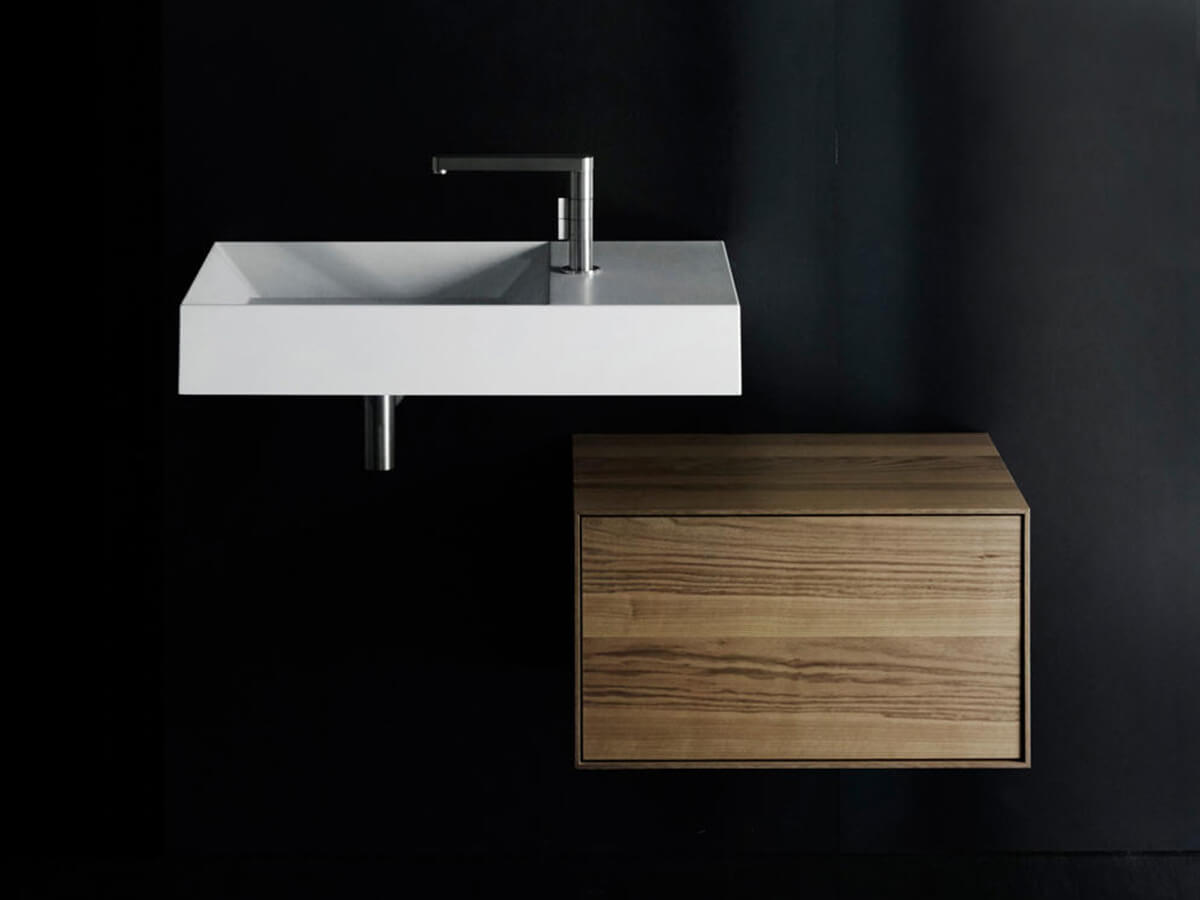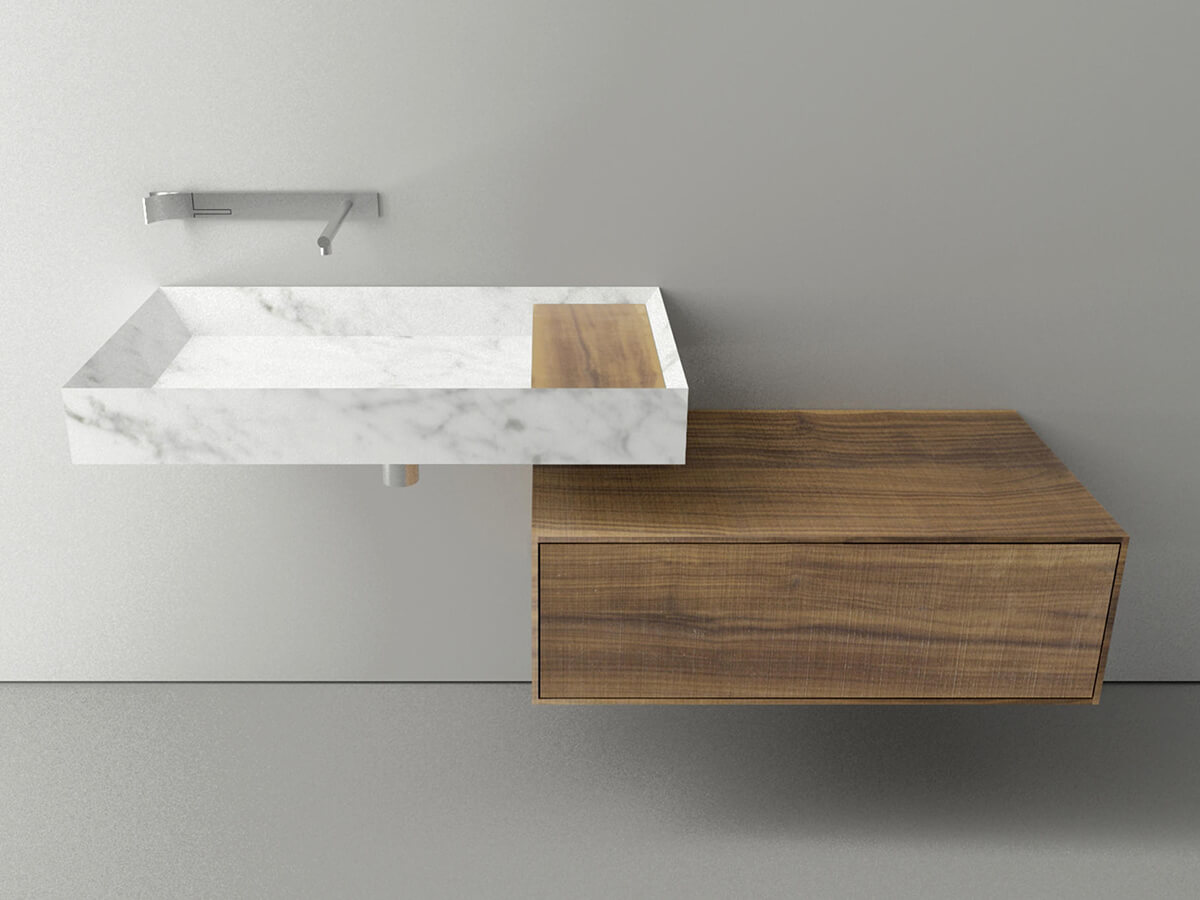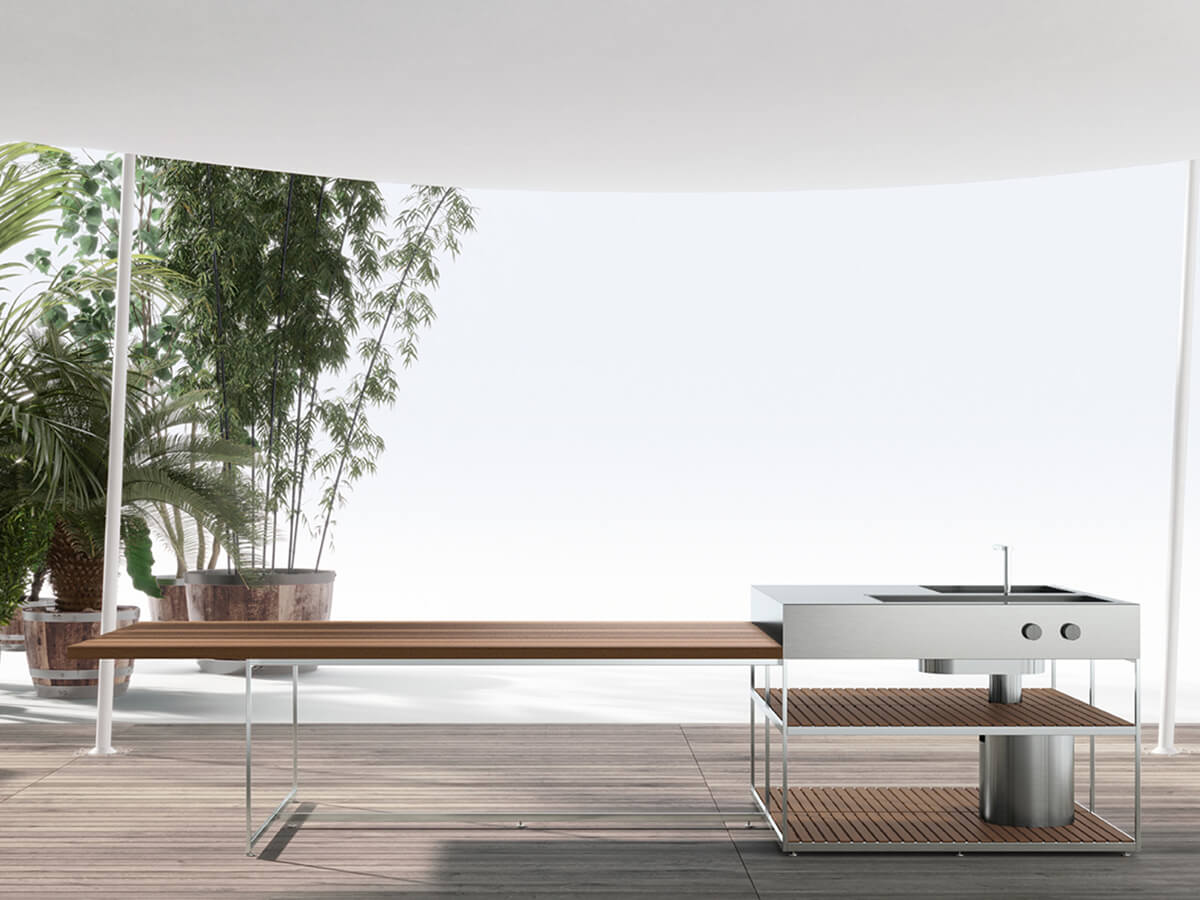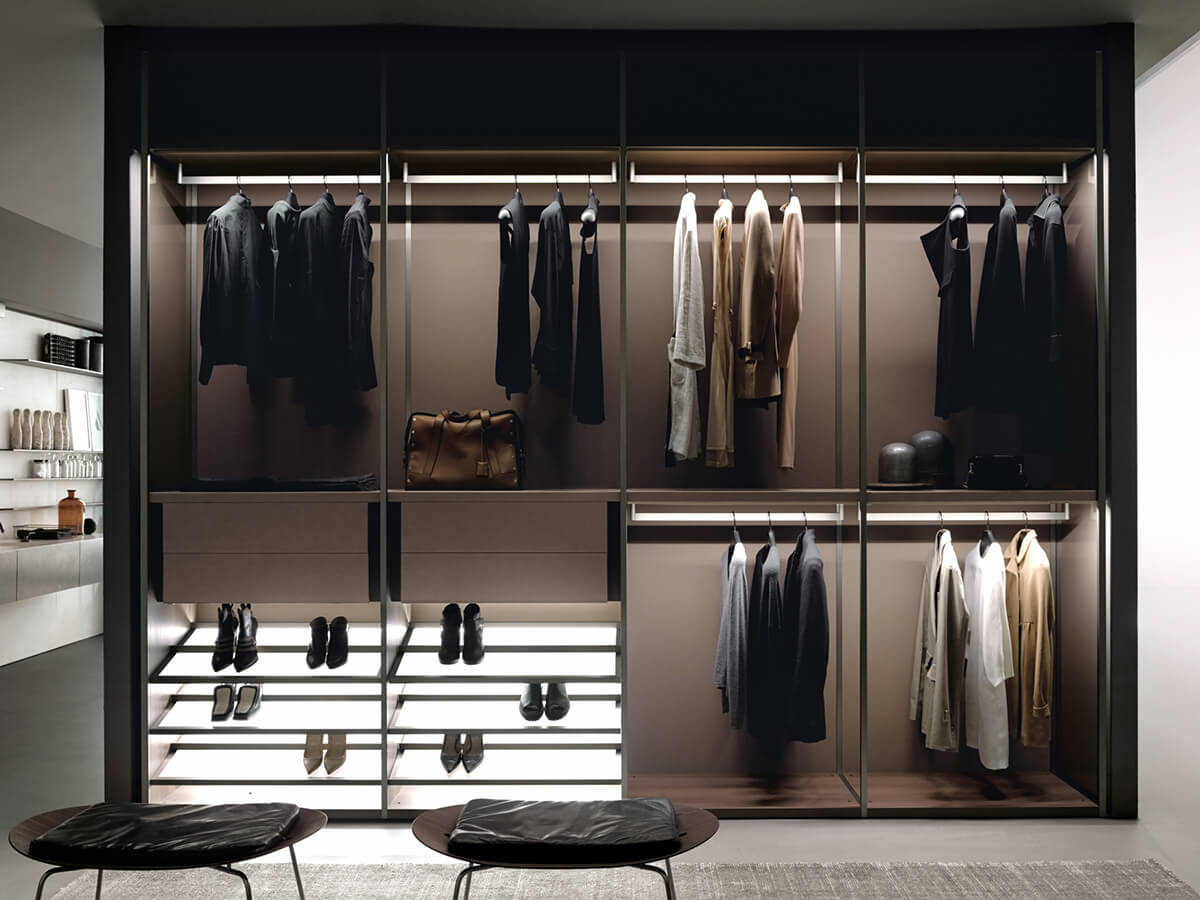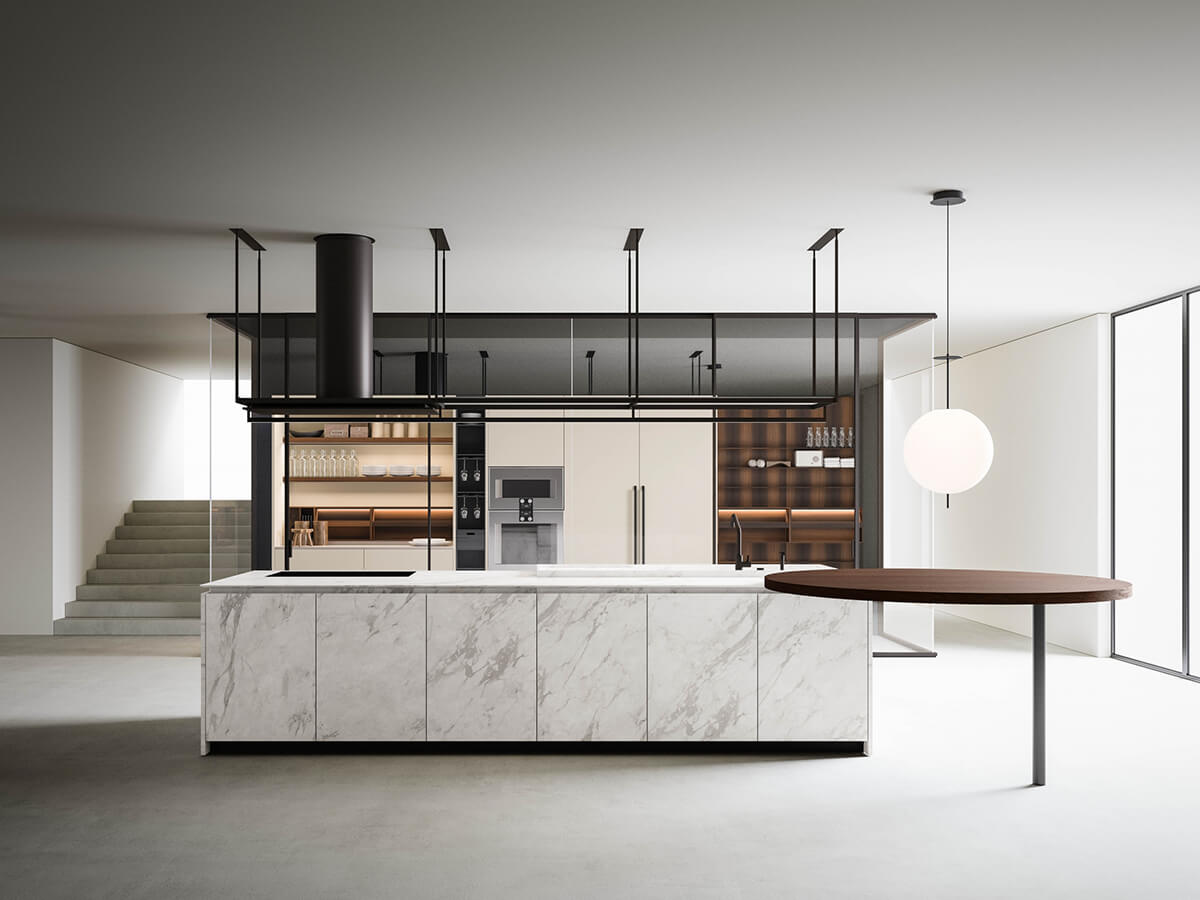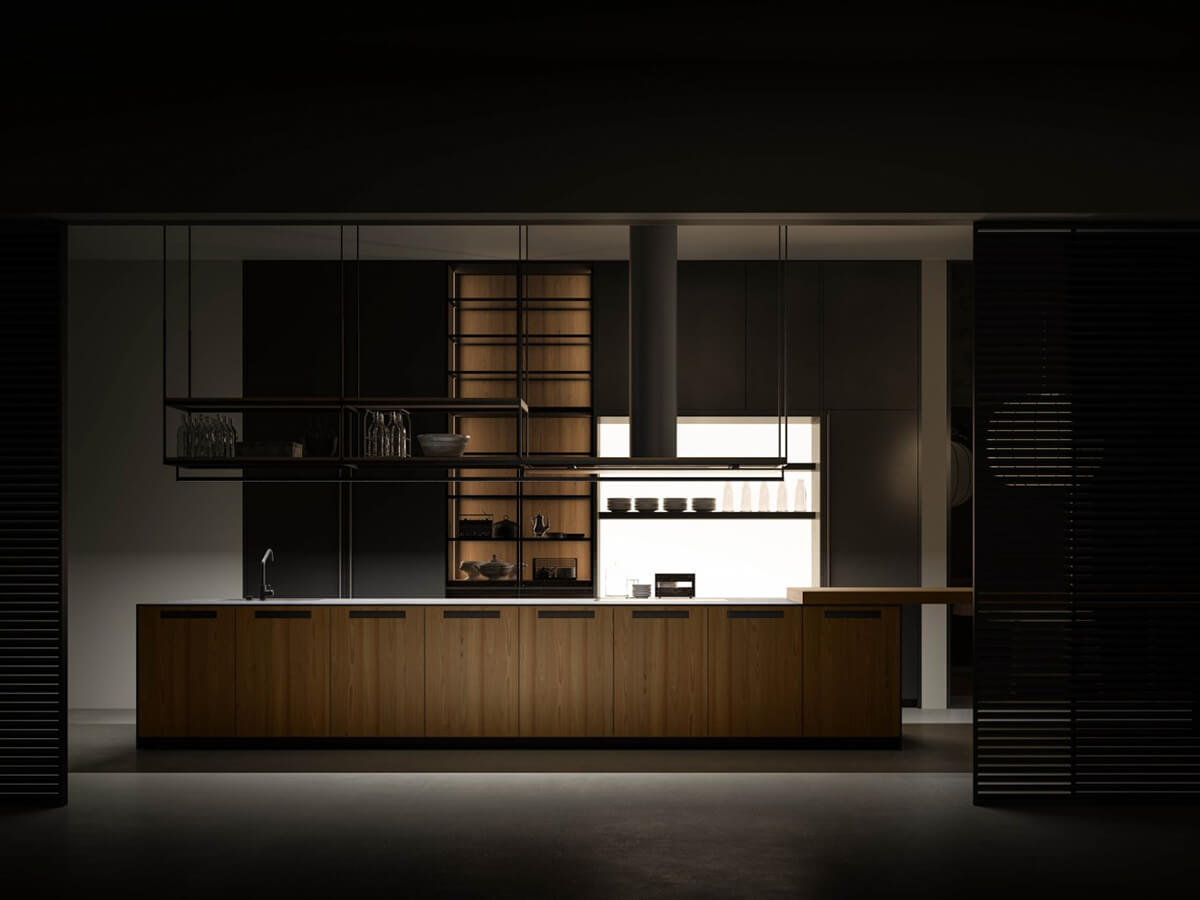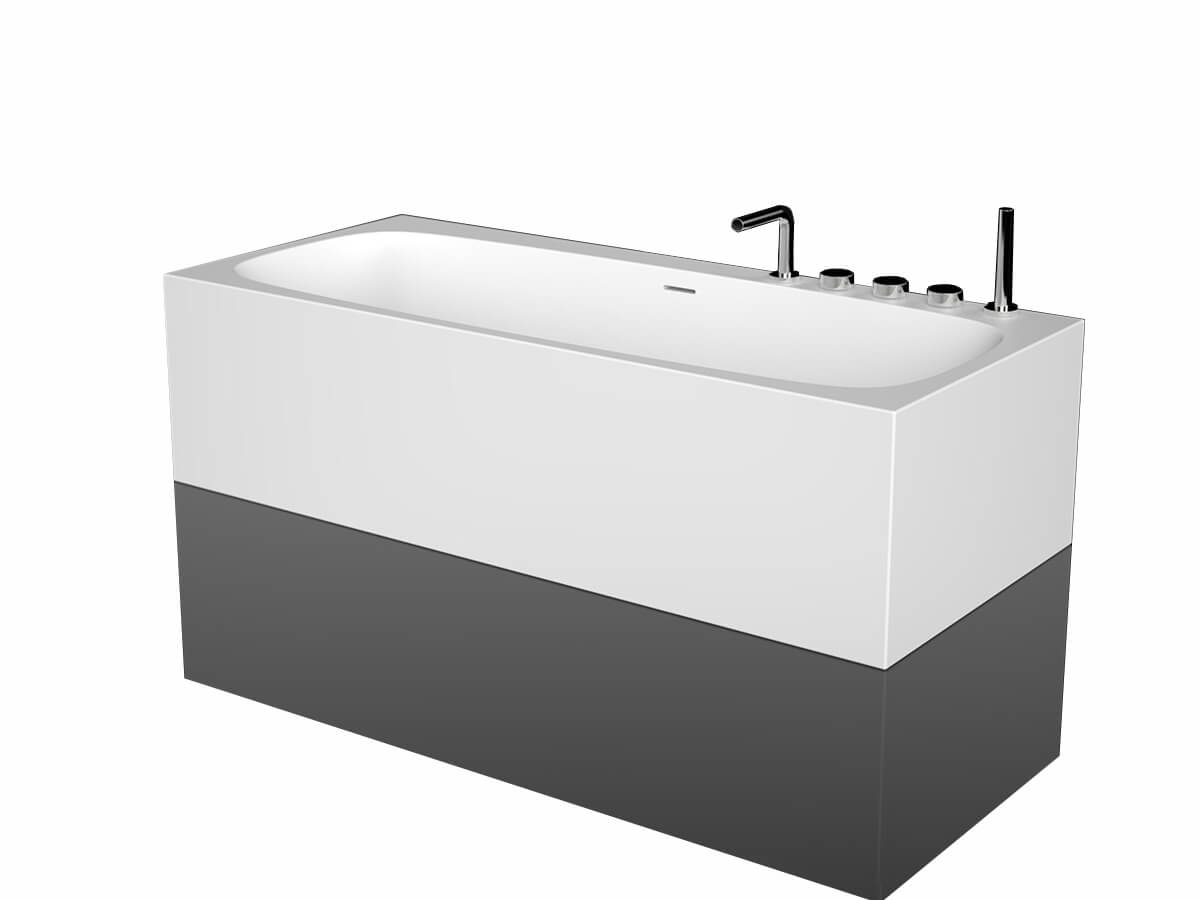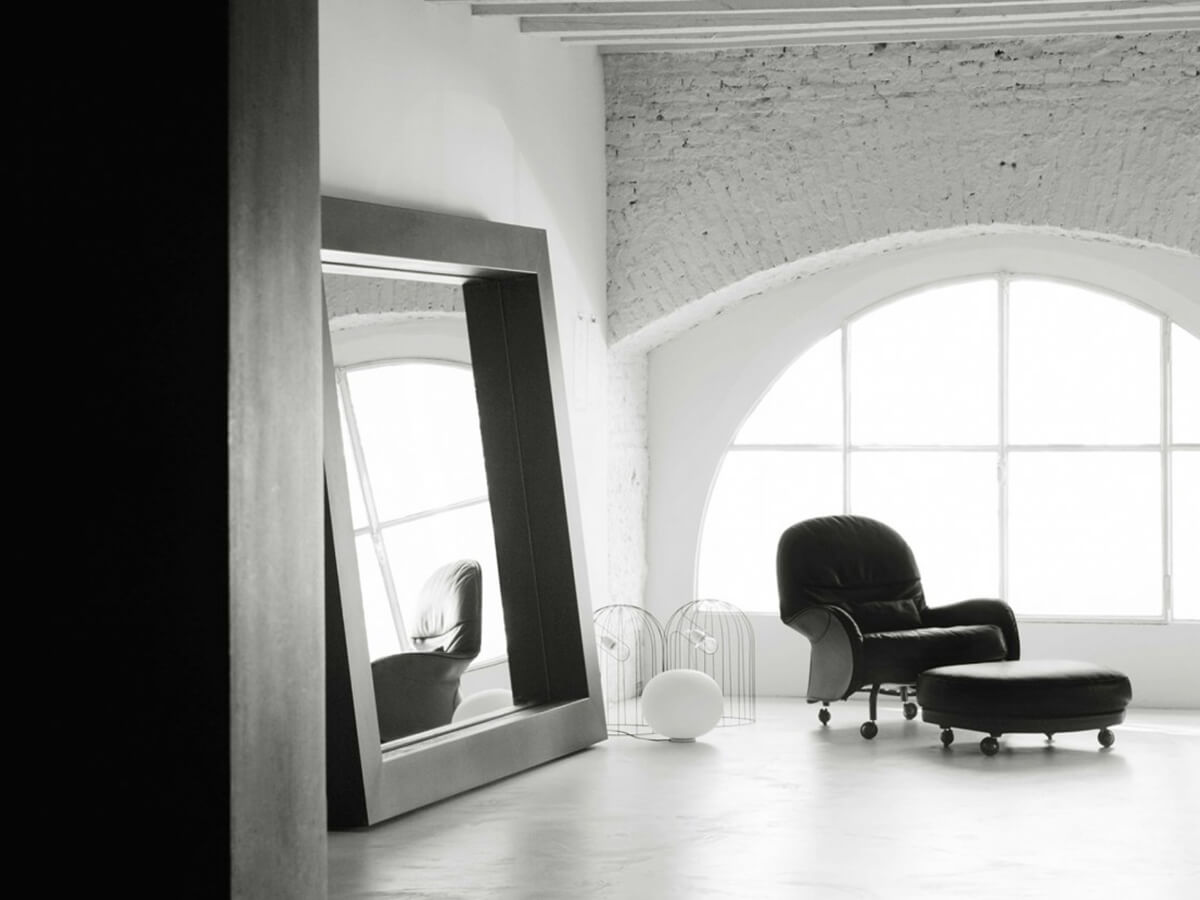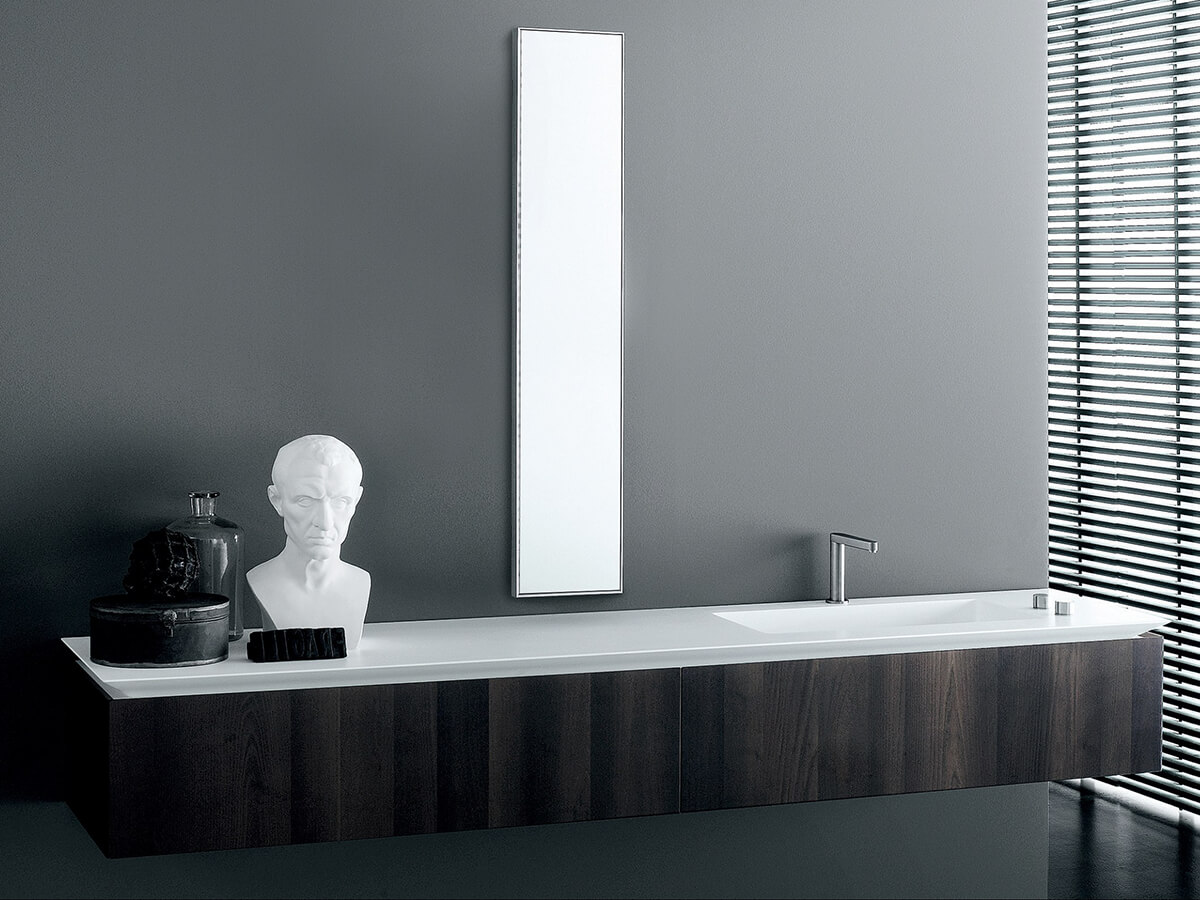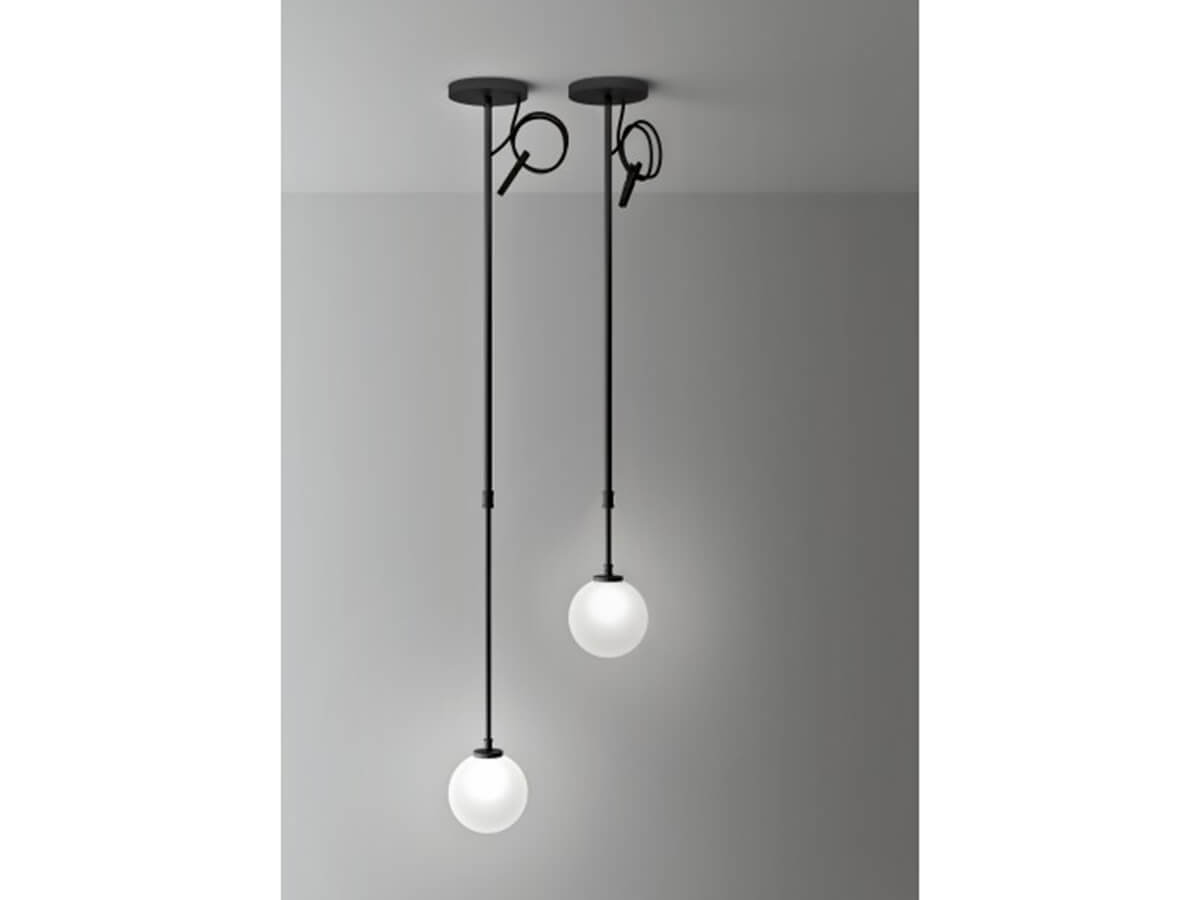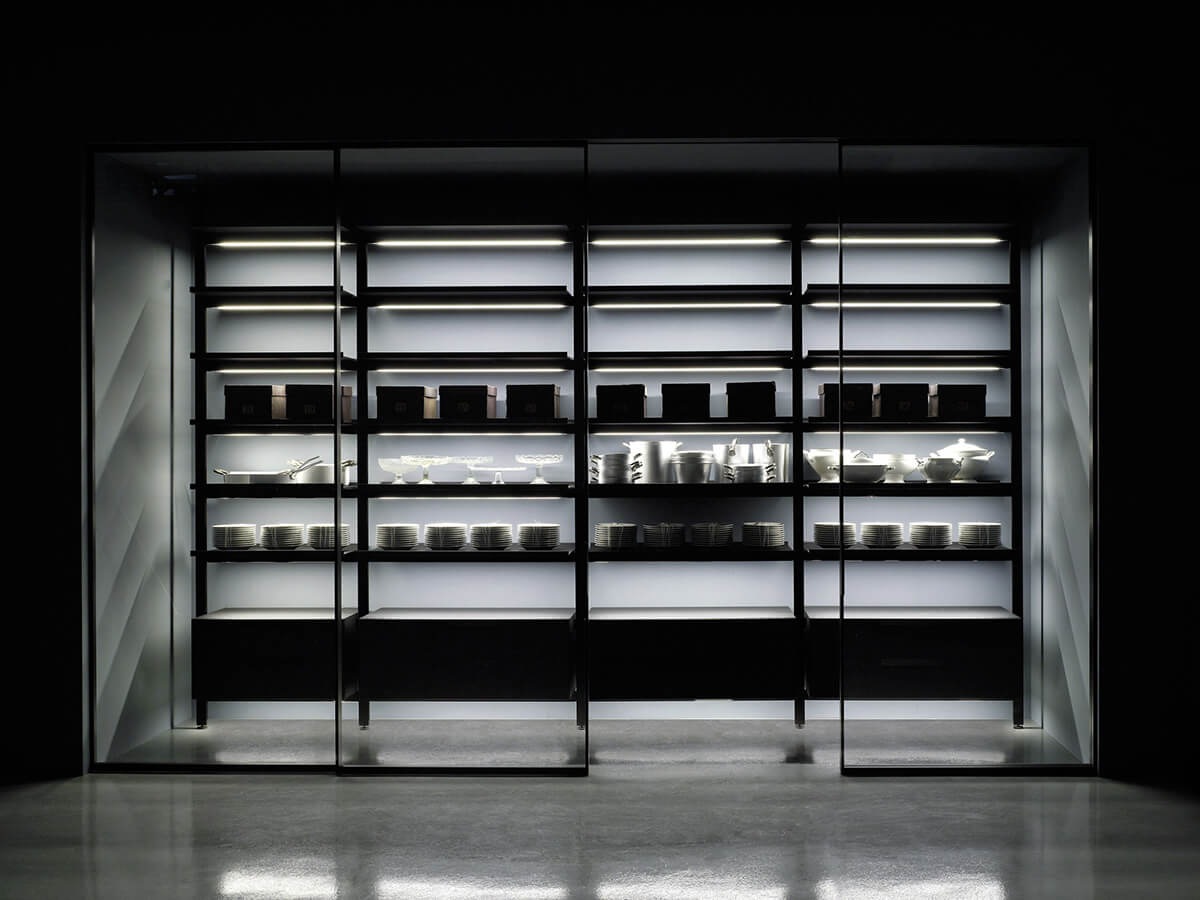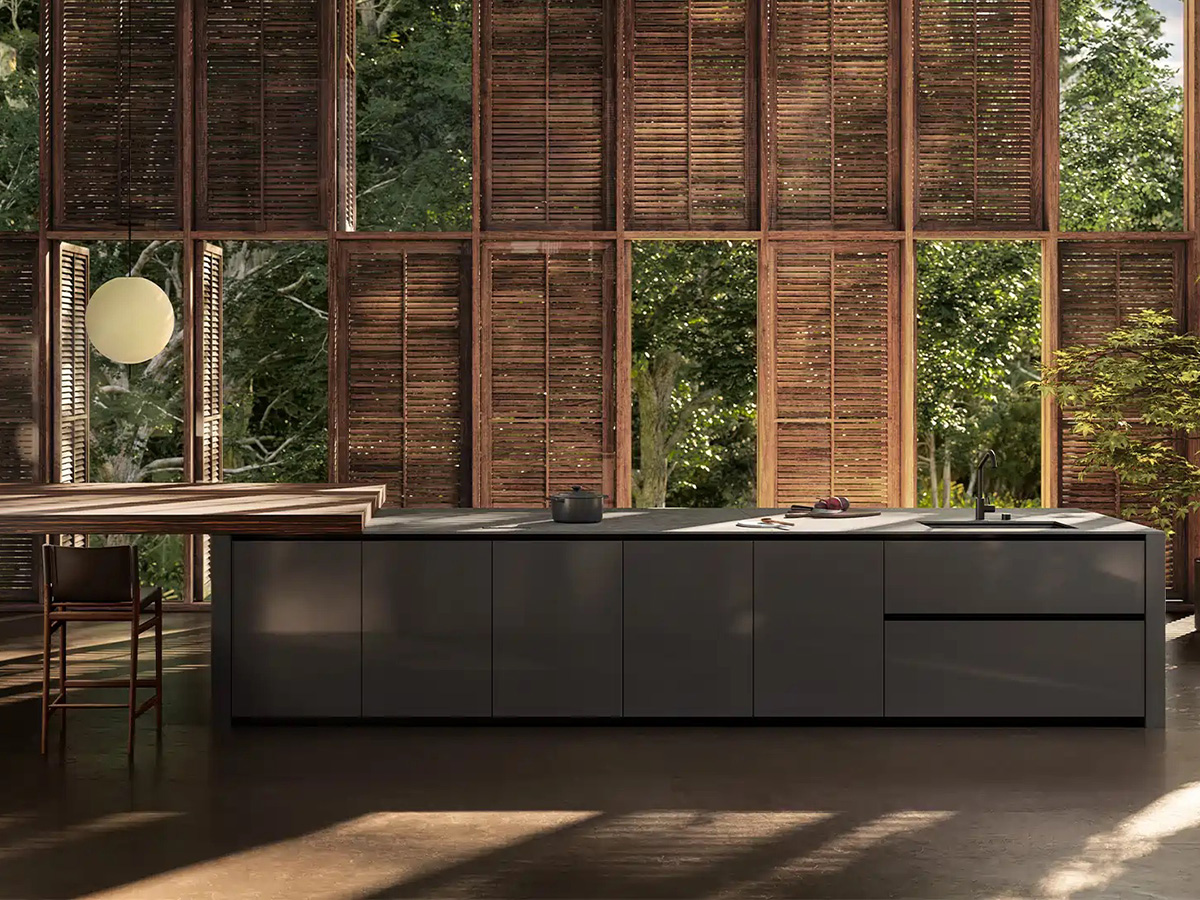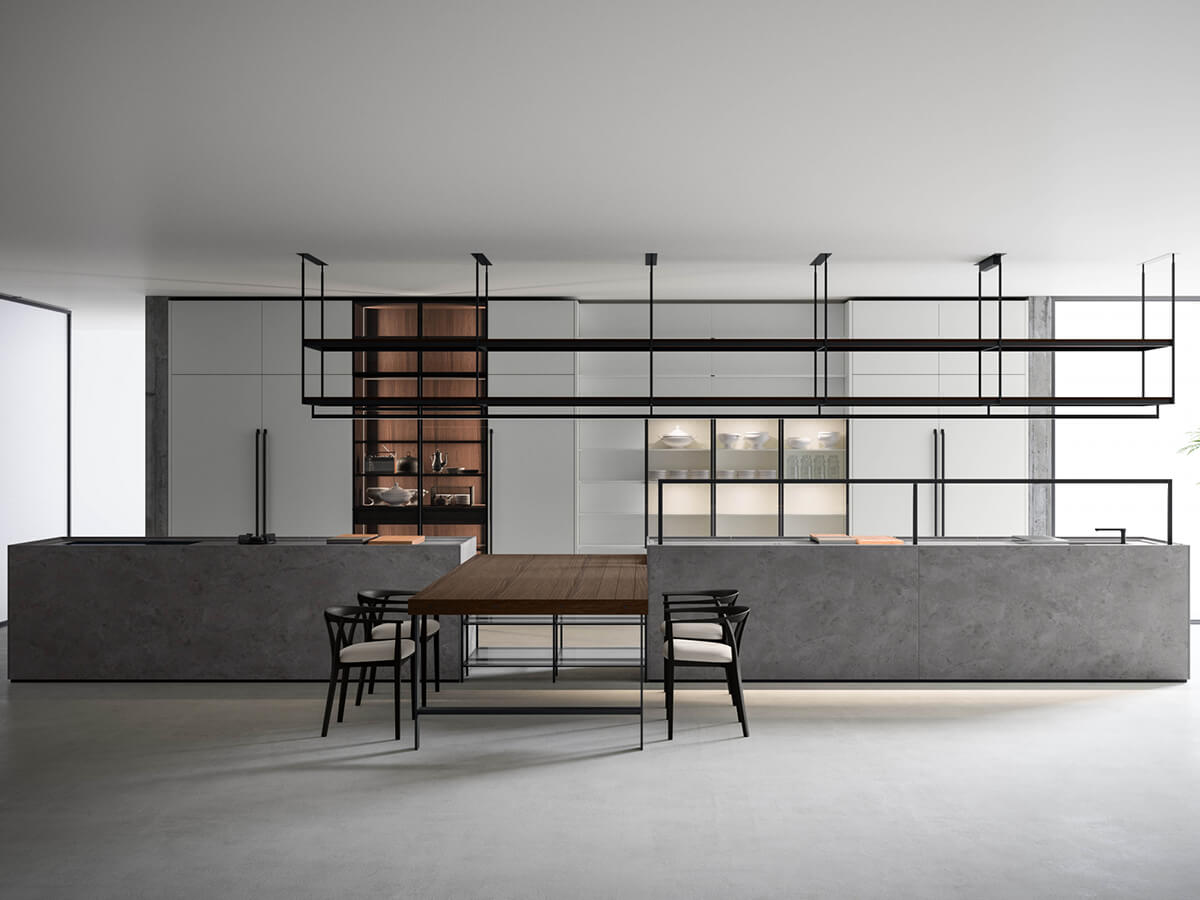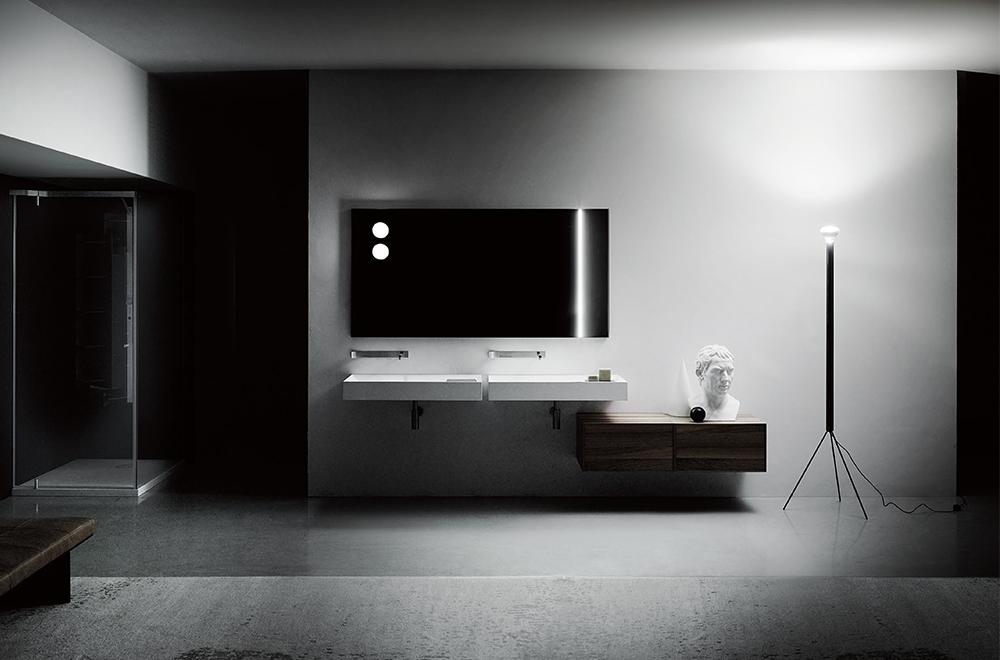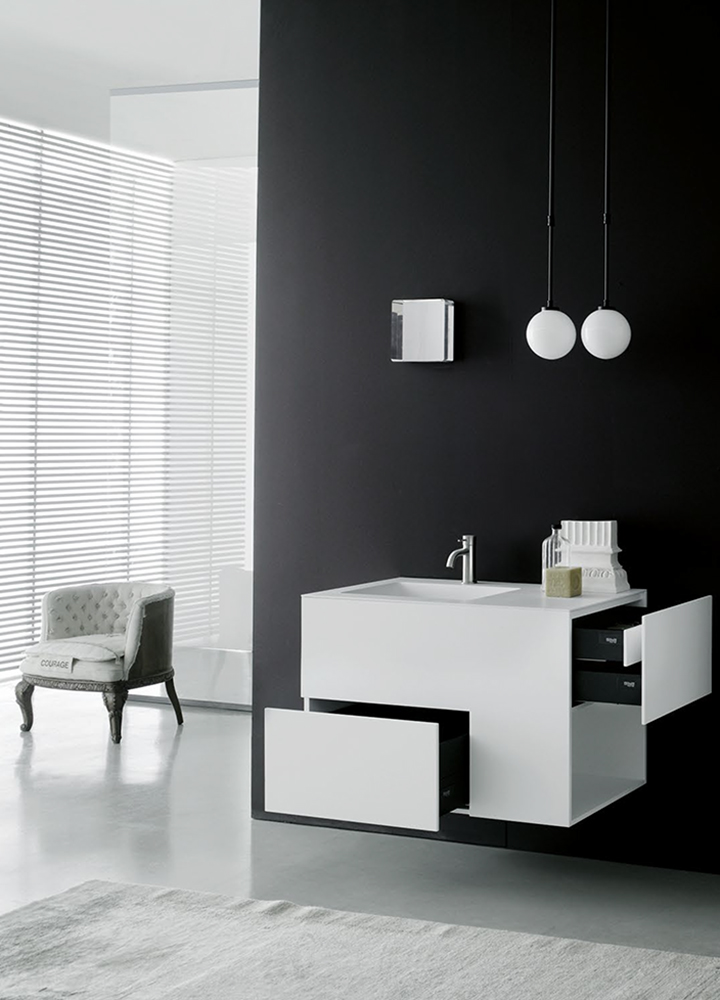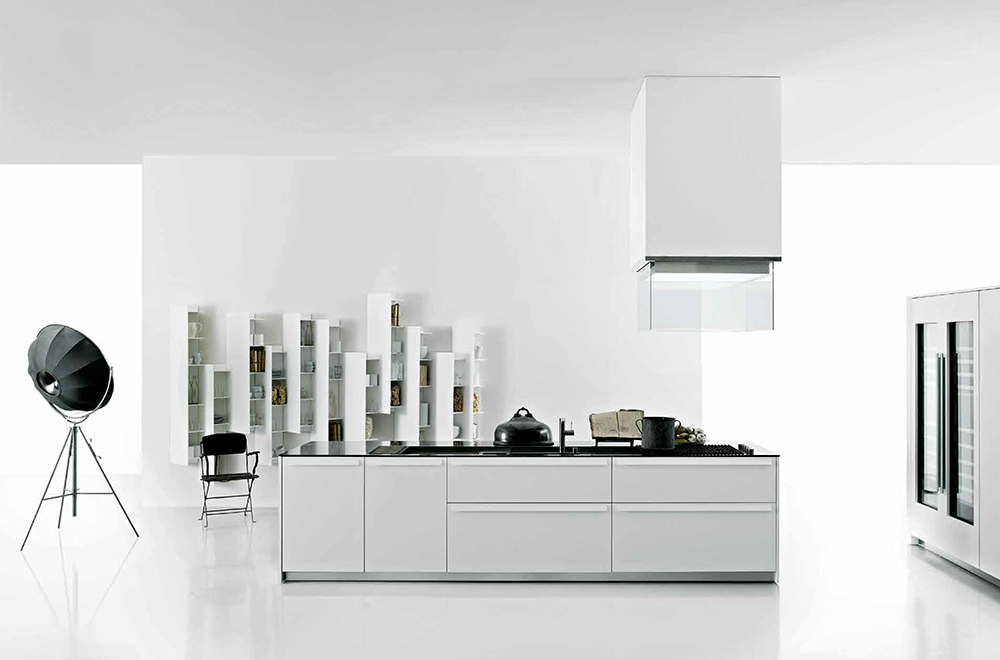Boffi history dates back to 1937, with the foundation by Piero Boffi. In the post-war period, his sons Dino, Pier Ugo and Paolo Boffi ferried the company into modernity with models such as the Asti and Favre C series, the T12 by Gian Casé, the first kitchen to combine wood and laminate, and above all the revolutionary Minikitchen, the monobloc kitchen by Joe Colombo, exhibited at the MoMA in New York. Dates back to the 70s the artistic direction of Lugi Massoni with his Xila, the first kitchen without handles, still among the bestsellers of the brand.
In the 80s the artistic direction passed to Antonio Citterio; meanwhile started the production of the first lines of Boffi bathrooms. In the 90s, with the management of Roberto Gavazzi, came the international affirmation. In that decade the close collaboration with Piero Lissoni signed some of the brand’s most appreciated kitchens such as the Duemilaotto kitchen, with its characteristic snack bar in solid fir, or the award-winning Aprile kitchen.
In 2003 Boffi purchases the German brand Norbert Wangen, adding to its catalog several models conceived by the entrepreneur and designer of the same name, such as the elegant and minimal “kitchen-cube” K5 and K6, consisting of a single block with retractable top, or kitchen K2, more scenic variant of the same concept. Or, again, the K14 kitchen with the characteristic 30 ° bevel on the top and the elegant K21 kitchen. A more explicit reference to traditional forms is visible in Patricia Urquiola’s Salinas kitchen.
The potential of Boffi does not end in the wide selection of luxury kitchens, but can also be found in its production strength, concentrated in the Lentate sul Seveso headquarters of over 25,000 square meters with its cutting-edge systems for polyester lacquering. Also very important are the exclusive partnerships with suppliers of precious materials, such as De Castelli for metal finishes, Salvatori for marble or Blanco for Durinox steel tops and sinks.
